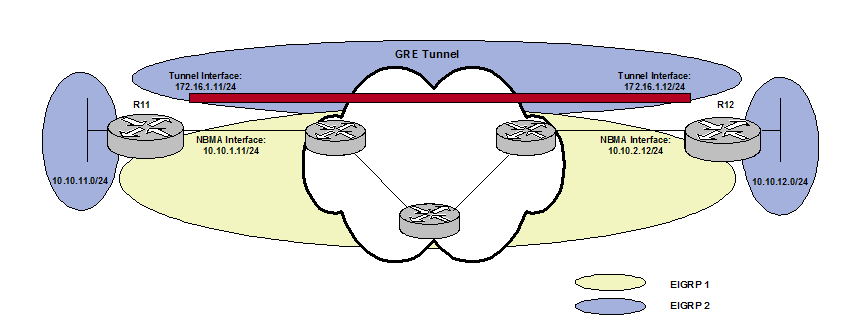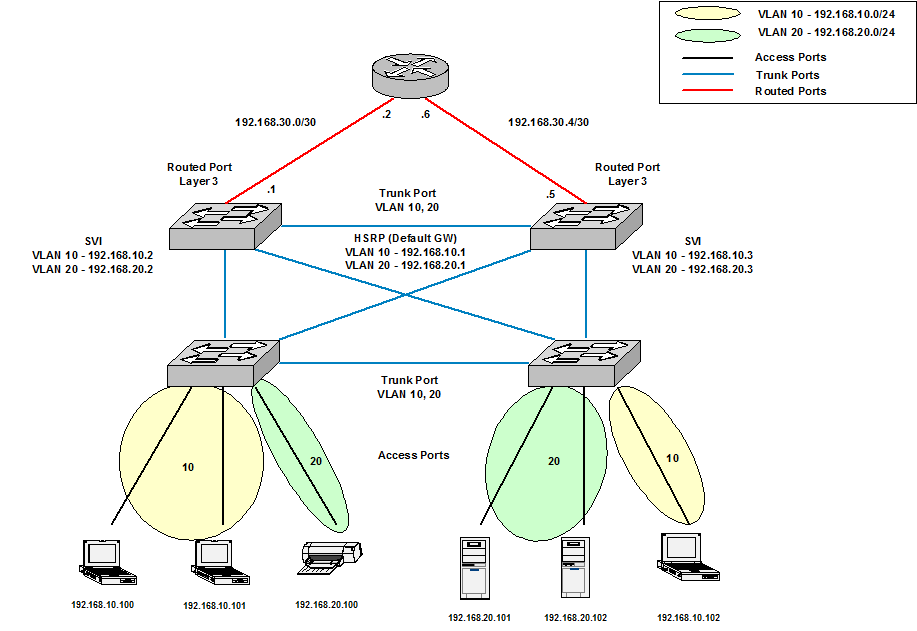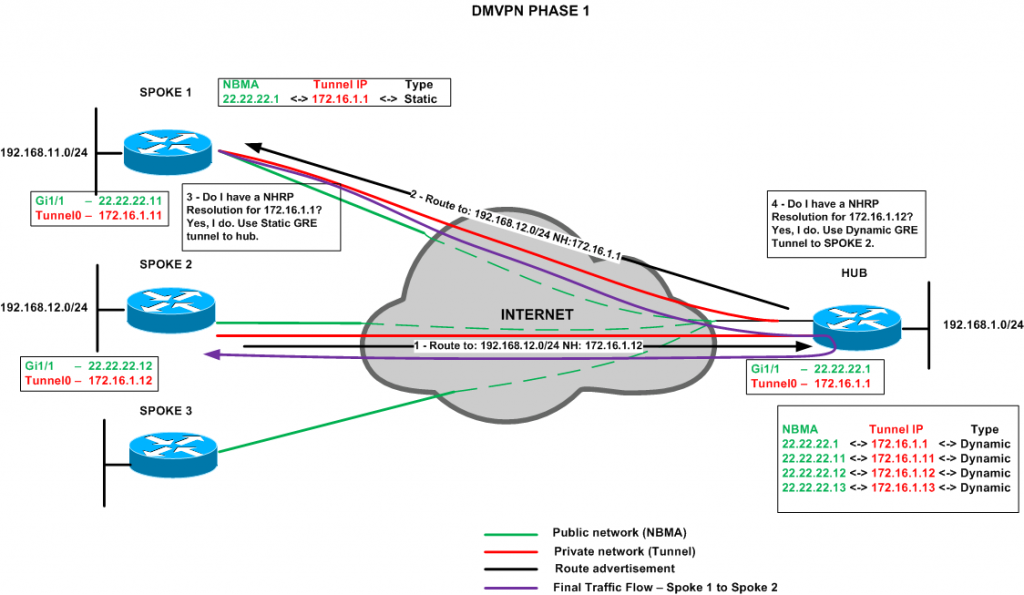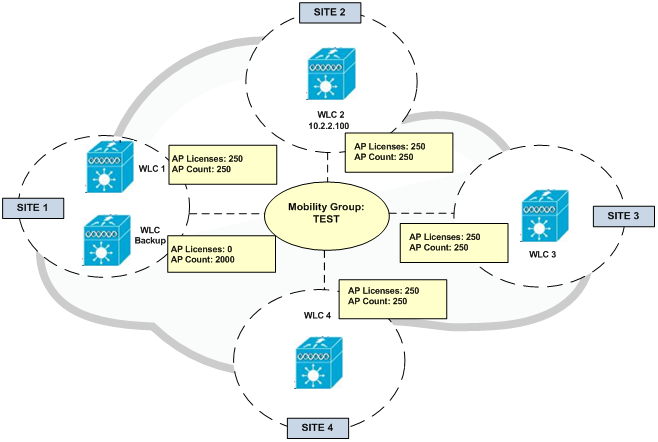This post covers in detail the OSPF LSA Types, their scope and functionality. You should read this publication to understand how OSPF works because it can get very complex.
(more…)All posts tagged: cisco

Network Design Guide
Network design is critical to the success of businesses. Careful planning is the foundation of an efficient, resilient and well-dimensioned network topology able to support business needs.
(more…)
Setting up Remote Access VPN for Firepower Threat Defense
Remote Access VPN (RA VPN) is available in Firepower Threat Defense (FTD) 6.2.1 for 2100 Platforms. For all other Platforms it will be supported on version 6.2.2.
(more…)
GRE and IP in IP Tunnels
GRE is a tunneling mechanism able to transport packets of one protocol within another protocol. The passenger protocol is the protocol carried, and the transport protocol is the protocol that is used for carrying the passenger protocol. GRE uses IP as the transport protocol and can be used for carrying many different passenger protocols (IPv4, IPv6 or non-IP protocols such as CLNS or IPX).
(more…)
VLANs, Trunks, Port Types and Interfaces
The aim of this post is to explain basic concepts in the networking field such as Virtual LANs (VLANs), Port Types and Interfaces.
(more…)
Dynamic Multipoint VPN (DMVPN) and IGP Routing Protocols
Dynamic Multipoint VPN (DMVPN) is a multipoint GRE-based tunnelling technology. DMVPN consists of one or more hub routers that are configured as Next-Hop Resolution Protocol (NHRP) Next-Hop Servers (NHS). NHS, or hubs, are used to create mappings between the public IP address used for the tunnel source (NBMA address), and the private IP address used inside of the tunnel (tunnel address).
(more…)
Datacenter Application Control Engine (ACE) – High Availability
Although Cisco Application Control Engine (ACE) modules are End of Live, it is still common to find them deployed in Datacenters. The intention of this post is to get a better understanding of a High Availability deployment for Routed Mode with some cases of study.
(more…)
N+1 HA Wireless LAN Controller
N+1 HA /HA-SKU Wireless Controller Redundancy
The N+1 HA feature builds upon the N+1 redundancy model by allowing a single WLC (Wireless LAN Controller) to be deployed as a backup for multiple primary WLCs. N+1 deployment requires additional AP licenses to be purchased for the backup WLCs which are unused during normal operation.
(more…)
Recent Comments